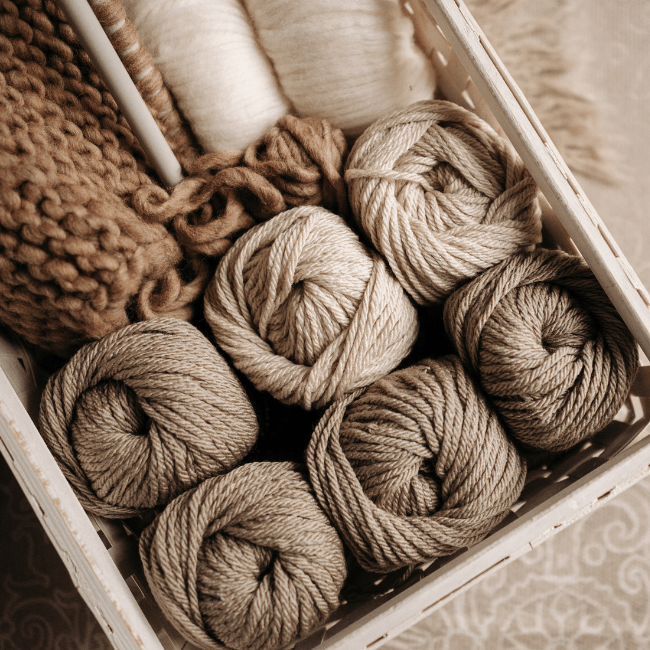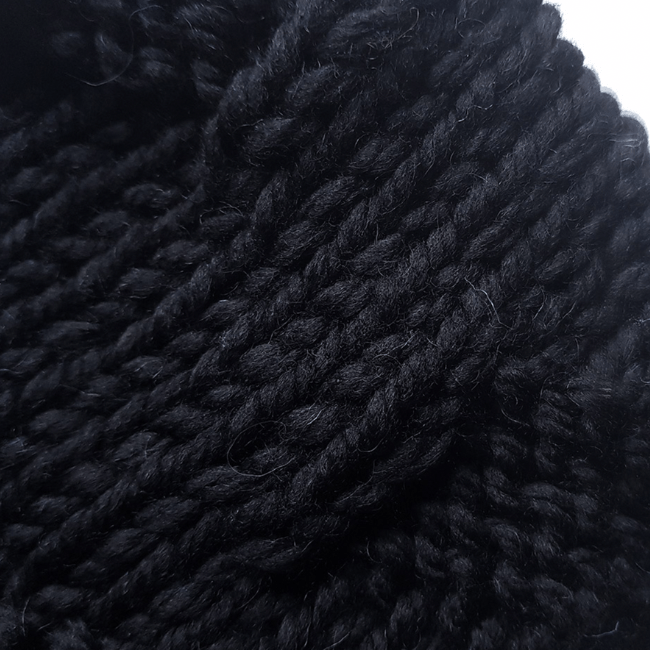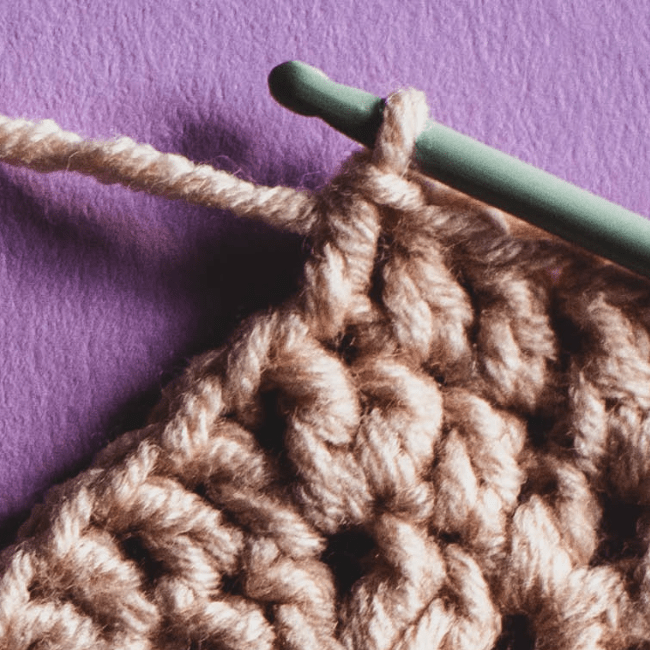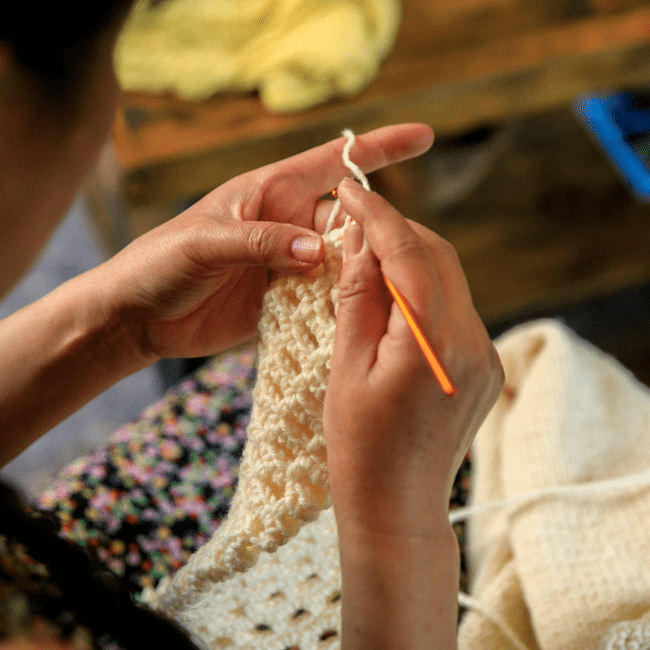5 Things You Should Do As A Crochetier

After nearly a year of crocheting, there are some practices I have picked up as a crochetier. From fellow crotchetier in the Facebook private group CROCHET PHILIPPINES, here is a list of practices that we swear by. Whether you crochet as a hobby or to earn money, these tips may help you in your crochet journey.

5 Things You Should Do As A Crochetier
Make test patches
There are different types of yarn fibers. Namely, merino wool, wool, alpaca, bamboo, fabric/t-shirt, acrylic, cotton, cotton thread, and natural and acrylic mixes. These yarns feel different from each other, having their own stretchiness, and softness.
They also react differently to how they are washed and how they dry. I find that there are some yarns that are fine being washed in a machine while there are others that strictly require handwashing only. There are also yarns that would stretch while being hung to dry and others that do not.

Hence, when working with yarns you are not familiar make test patches. I advise making a small patch of about 10 rows and 10 columns big or about 10 cm x 10 cm. This may also help you determine how tight you should crochet when working with certain yarns and how big you want the space between stitches to be. Most importantly, making test patches can help you determine the best projects to do with the yarns you have.
Crochet black yarn on top of a white towel
Most in the crochet community can agree that crocheting with black yarn is a nightmare. The dark yarn makes it nearly impossible to see the stitches clearly and so a crocheter is prone to making mistakes.

I found this tip while searching for a way to make it easier. In addition to crocheting under bright light, this may help to make it even brighter in contrast to the darkness of the yarn.
Mark your unfinished projects
When you do not quite feel like finishing a project, it is okay. Just grab a small strip of paper and write down the hook you used, the row number, and the type of project. With a stitch marker, attach it to your project. This way, you would not lose track of your progress. Even if you do, there will be a strip of paper to remind you again.

Helpful when you are prone to jumping between projects or tend to abandon them for a while and return to them when you feel like it.
Having a crochet travel kit
If you want to bring crocheting anywhere and everywhere you go, this is possible with a crochet travel kit! Personally, I have a small camouflage waist bag about the size of my hand. It fits all 12 of my hooks, darning needles, stitch markers, cutters, measuring tape, and some yarns for small projects.

This helps separates your hobby from everything else in your bag. It honestly does not take up a lot of space. When bored just whip out your crochet kit to keep you busy.
Take notes
Whether you are copying a YouTube tutorial or making your own design, take notes on the sizing, the number of stitches, rows, increases, and decreases. Sometimes, crocheters are similar to seamsters and seamstresses especially if they crochet clothes. It is imperative to take notes before and during making clothes.

Learn crochet abbreviations and terms to make note-taking easier. You may find that some crocheters do not consider the starting chain to be the first row. Hence, making your own notes may help you fix instructions in a way you would still understand months or even years later.
If you are crocheting to earn money, it may be helpful for you to make a spreadsheet of your earnings, losses, projects finished, and projects in the making among other things. This can be helpful in keeping track of everything related to your crochet business. Have fun crocheting and join CROCHET PHILIPPINES for more crocheting tips!
All the way from Mindanao, Reimeline is currently pursuing her Bachelor’s degree in Communication and Media Arts at UP Mindanao with hopes to be an accomplished writer one day. She is mainly a homebody who owns three pet cats and likes to crochet, read stories, play online games, and scroll the internet when she is not writing.











